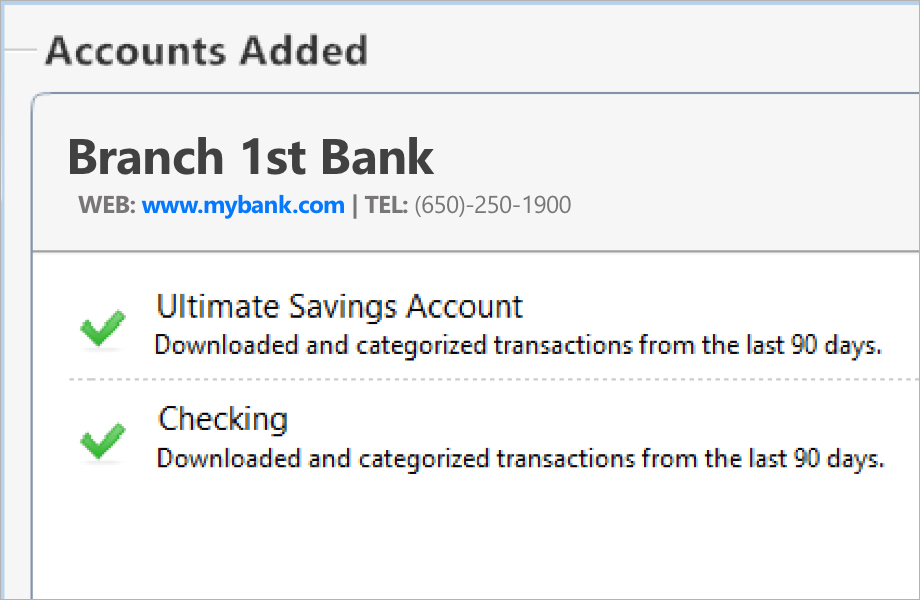

In the case where the buyer requires that a repair be performed that should have been performed during rehab, I may attribute the cost to Rehab Costs. For example, if the buyer requires a termite letter, that would be included as part of the selling costs. This category also includes items required by the buyer as part of the purchase contract. This includes commissions, any closing costs I might pay on behalf of the buyer, selling closing costs, any mortgage or loan payoffs, etc. Selling costs are all the costs accrued in order to sell the property. This includes any mortgage or loan payments against the property, property taxes, insurance premiums, utility payments (water, electricity, gas, garbage, etc), lawn care (once the rehab is complete), etc. Holding costs are those costs that accrue the longer I hold the property, generally monthly. In short, rehab costs are essentially anything I spend to renovate the property.

Contractor costs include everything from the GC to the landscaper to the termite inspection to all the other sub-contractors I might hire. Material costs consist of everything that gets purchased for the property and will stay with the property (materials used for staging that will be retrieved upon sale are not counted).

Rehab costs are all costs associated with both materials and labor during the rehab. That said, I keep a close eye on this group of expenses (I have several reports that I run once a month in Quickbooks) because there are a lot of “sunk costs” (costs that are never recouped) in this area, I try to ensure that I do everything possible to keep expenses in this area as low as possible.

For example, if I put a property under contract, hire an inspector to do a property inspection, and then later back out of the deal, I still need to account for those inspection costs. I like to keep this as a separate category because this group of expenses represents costs that I’ve incurred not just on the properties I flip, but also on some properties that I investigate but don’t end up purchasing. This includes any earnest money deposits, inspections, appraisals, financing fees/charges, closing costs, bank credits, etc. This group accounts for all costs incurred up until the day I own the property. I used Quicken for a LONG time, but finally realized that I’d be much better off porting my Quicken data over to QuickBooks my accountant is highly appreciative of this as well.Īs for how I break down my financial view of a house flip, it looks something like the following: Purchase Costs For those who have been in this business for a while, you probably have your own system that you rely on and that works well for you for others who are just starting out, hopefully this will give a framework for thinking about these types of things…įirst, I use Quickbooks for all my accounting and financial record keeping. I receive a lot of questions about my company’s method for accounting and recording keeping for our rehab projects.


 0 kommentar(er)
0 kommentar(er)
